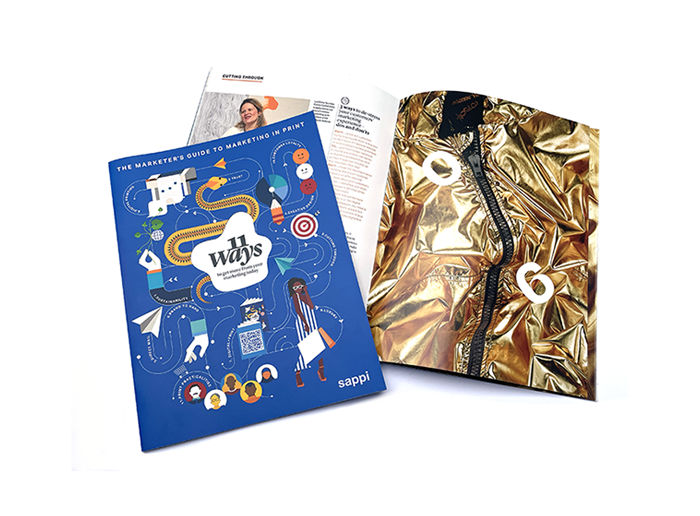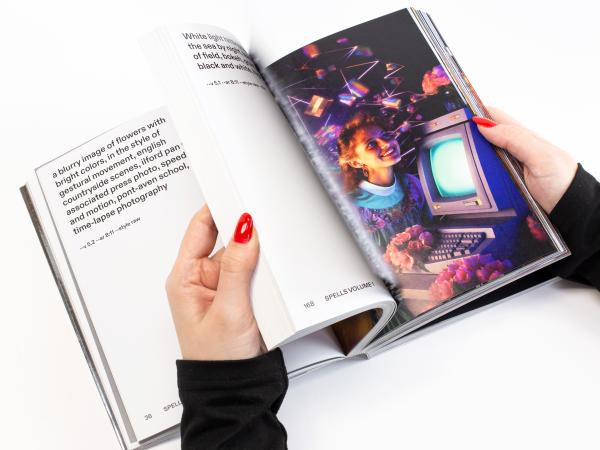Print in Experiential Marketing: Brand-to-Hand Connection
What makes print a natural brand-to-hand channel?

From augmented reality to live demos, conferences and pop-up shops, experiential marketing can be an incredibly effective option for both increasing brand awareness and boosting sales.
Brand experience experts Agency EA carry out annual research into the state of experiential marketing in the US. According to their 2022 study, 75% of B2C marketers believe that in-person events are critical to the success of their organisation.
And it seems they are right, because 91% of consumers agree that taking part in events and experiences leaves them more inclined to purchase. So says EventTrack 2021, the world’s largest research report into event and experiential marketing.
So how can you use print to take advantage of your brand-to-hand opportunities? These four ways, that’s how…
1. Spark action
Top-three UK supermarket Asda uses a range of instore experiences to support its Tickled Pink breast cancer campaign. As Emma Betts, National Charities Partnership Manager at Asda, explains, “With a potential audience of 19 million shoppers per week to communicate with, our Tickled Pink campaign has twin aims: to raise vital funds, but also to drive real behavioural change in the fight against breast cancer – and get people to start regularly checking their chests.”
“The main call to action needs to happen outside the shopping environment – and this is where printed marketing materials shine. We provide breast check leaflets, shower stickers and reminders, which are handed out all year round to customers and members of the community at instore events.”

2. Increase anticipation
The possibility of a poorly attended event is enough to bring many a marketer out in a cold sweat. Charging is one way to increase attendance. Printed invites are another. A personalised, physical invite brings with it a sense of occasion that lowers the risk of poor attendance.
Making the most of print as part of a multi-channel experiential approach also gets results, as multinational Swiss bathroom brand Gerberit discovered. The brand used direct mail alongside email and other channels to invite people to the 2020 Swissbau trade fair in Switzerland. Respondents were promised printed tickets and Geberit brochures – with the campaign resulting in 1,700 requests for tickets and 300 further product enquiries.
3. Cement virtual experiences
Less than 60% of people stay for the whole of a virtual event, according to event host Bizzabo – and you don’t want half your audience missing out on your key messages. So smart marketers will use DM to share those messages with attendees afterwards.
Why DM rather than email? Because DM adds a ‘real-world’ connection that helps cement the virtual experience. It’s also 49% more memorable than email, according to a neuro-insight study commissioned by the UK’s Royal Mail Marketreach. And when it comes to younger audiences, a study by CMO Council and Pitney Bowes found that almost nine in 10 Gen Zs prefer brand experiences that combine both physical and digital channels.
4. Stick around
Printed takeaways help keep a brand front-of-mind even after the event. Aim high with useful content that your audience will want to hang on to – for B2B audiences, think ebooks, white papers and how-to guides. Such keepable takeaways can be particularly useful for less well-known brands – you don’t want potential customers going elsewhere because they’ve forgotten your name or can’t find your website.



